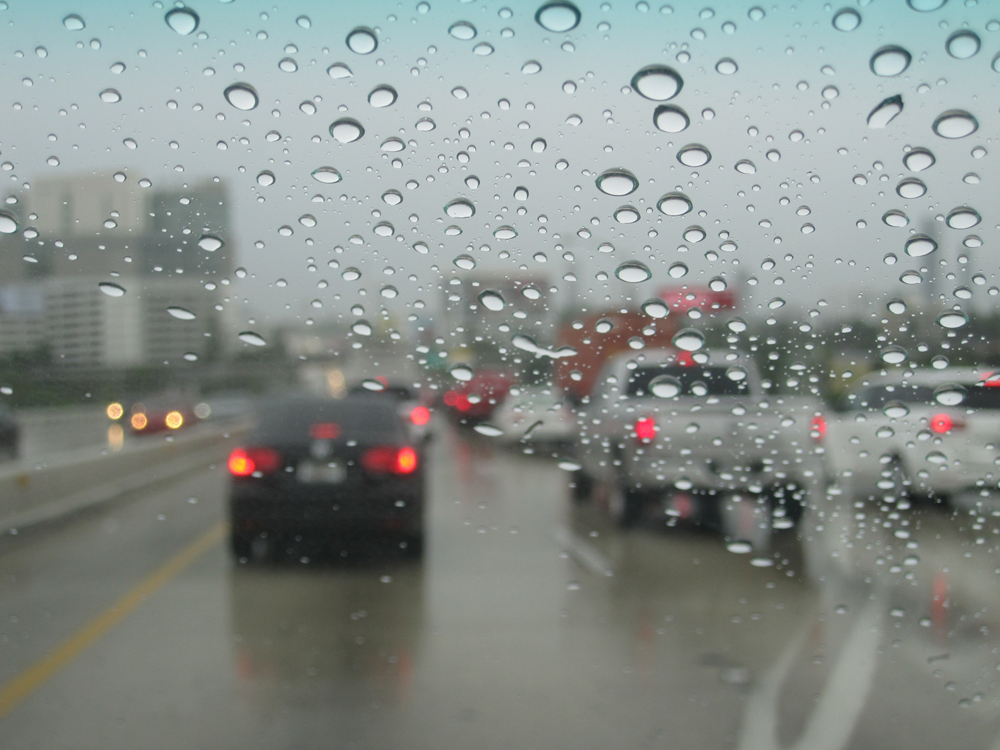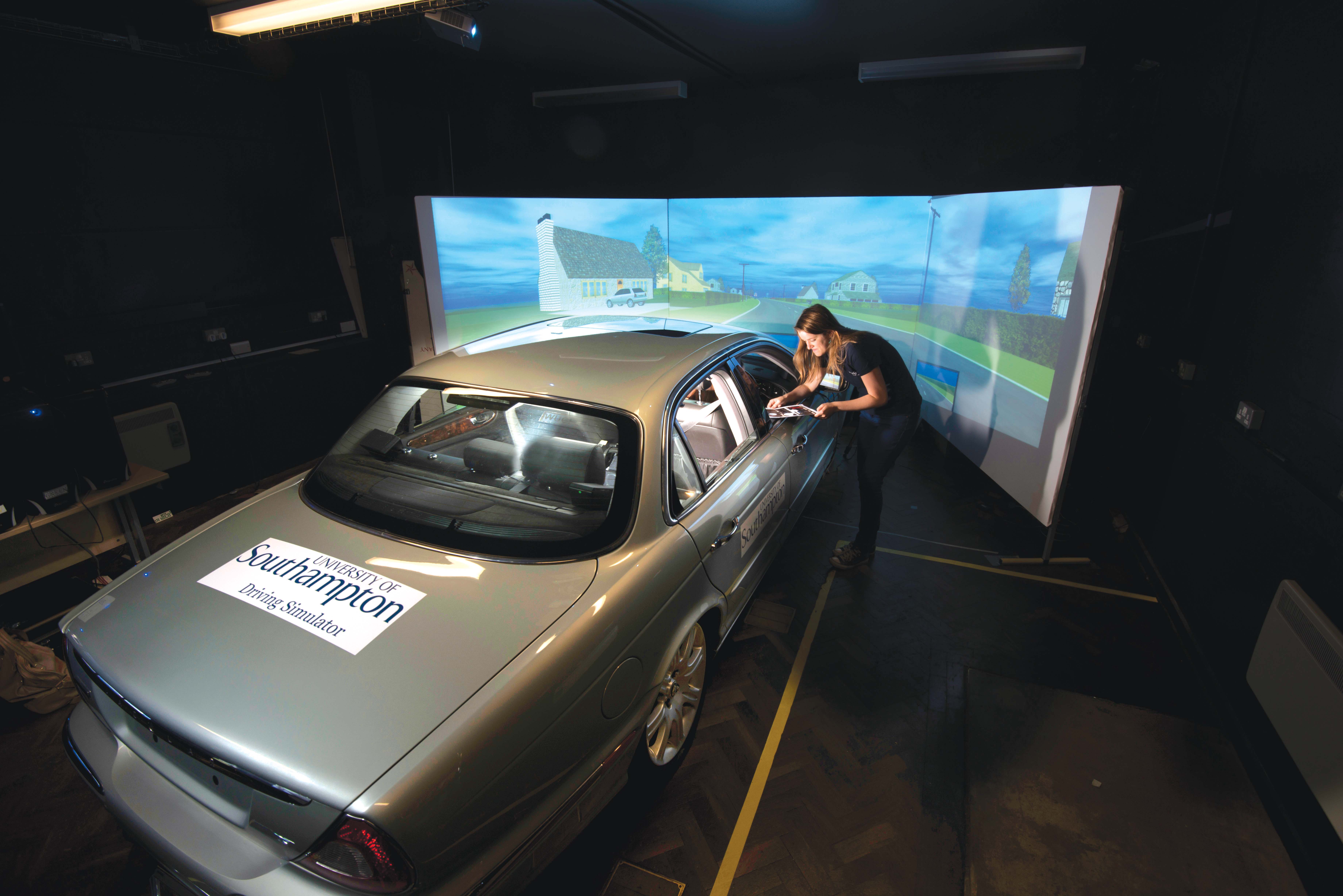The RAINVISION project, co-financed by the European Commission, recently held its final meeting. Over the past three years, the project has researched the impact of road markings on driver behaviour under different night weather conditions (dry, wet and wet and rainy) and has assessed how different age groups and gender groups adapt their driving based on the above mentioned conditions. The results of the project were presented and in particular, the outcomes of three different trials conducted over the pro
The RAINVISION project, co-financed by the 1690 European Commission, recently held its final meeting. Over the past three years, the project has researched the impact of road markings on driver behaviour under different night weather conditions (dry, wet and wet and rainy) and has assessed how different age groups and gender groups adapt their driving based on the above mentioned conditions.
The results of the project were presented and in particular, the outcomes of three different trials conducted over the project period.
A driving simulator test in France investigated the influence of road markings on drivers’ errors (involuntary run-off-the-road and lane departures) under wet and rainy night conditions. On a simulated rural road combining straight sections and curves, 40 per cent less driving errors were observed with wet-night visible road markings compared to standard markings. The biggest gap was observed for elderly drivers.
The results of the second trial, a track test in Austria reinforced these findings and also showed that, under adverse driving conditions, driving task could be performed better when high-performance marking material was used. Older drivers in particular seemed to benefit from wet-night visible markings, as clearness and perceptibility of the driving trajectory increased when such materials were used.
The on-road trials were carried out in the UK in cooperation the city of Durham. Working with project partners and traffic police, ten high accident sites were identified and high-performance marking materials were applied on these selected locations. The results of the analysis showed that, on average, those high-performance markings did not lead to an increase of speed. At the same time, accidents had increased over the same period, although an analysis of police records could not link any of the accidents to the presence of better markings.
The meeting also examined how road markings can help maximise the safety benefits of advanced driver assistance systems (ADAS) in the intelligent vehicle. Systems such as Lane Departure Warning and Lane Keeping Assist, that prevent drivers from head-on collisions and run-off accidents, will become more commonplace in the years to come and in this sense, it is important that markings can remain visible to tap into the significant safety gains that can arise from these new technologies.
Given that reductions in road fatalities become disproportionately harder as the road safety figures improve, all participants agreed that the introduction of ADAS technologies, in cooperation with core infrastructure elements such as road markings, could make a difference in the years to come. In this sense, there was a consensus on the need for further research in the field, i.e. field operational tests, to better understand how the interaction of infrastructure and ADAS can work optimally to save lives and prevent injuries.
Some initial research work conducted under the auspices of EuroRAP under the Road that Cars can Read initiative found that road markings should have a minimum retroreflectivity of 150 mcd/m2/lux under dry weather conditions (R3) and 35 mcd/m2/lux under wet and rainy conditions, if they are to remain visible for the driver and the intelligent vehicle at all times. In the opinion of ERF, all A-roads within the EU should comply with this specification by March 2018.
The results of the project were presented and in particular, the outcomes of three different trials conducted over the project period.
A driving simulator test in France investigated the influence of road markings on drivers’ errors (involuntary run-off-the-road and lane departures) under wet and rainy night conditions. On a simulated rural road combining straight sections and curves, 40 per cent less driving errors were observed with wet-night visible road markings compared to standard markings. The biggest gap was observed for elderly drivers.
The results of the second trial, a track test in Austria reinforced these findings and also showed that, under adverse driving conditions, driving task could be performed better when high-performance marking material was used. Older drivers in particular seemed to benefit from wet-night visible markings, as clearness and perceptibility of the driving trajectory increased when such materials were used.
The on-road trials were carried out in the UK in cooperation the city of Durham. Working with project partners and traffic police, ten high accident sites were identified and high-performance marking materials were applied on these selected locations. The results of the analysis showed that, on average, those high-performance markings did not lead to an increase of speed. At the same time, accidents had increased over the same period, although an analysis of police records could not link any of the accidents to the presence of better markings.
The meeting also examined how road markings can help maximise the safety benefits of advanced driver assistance systems (ADAS) in the intelligent vehicle. Systems such as Lane Departure Warning and Lane Keeping Assist, that prevent drivers from head-on collisions and run-off accidents, will become more commonplace in the years to come and in this sense, it is important that markings can remain visible to tap into the significant safety gains that can arise from these new technologies.
Given that reductions in road fatalities become disproportionately harder as the road safety figures improve, all participants agreed that the introduction of ADAS technologies, in cooperation with core infrastructure elements such as road markings, could make a difference in the years to come. In this sense, there was a consensus on the need for further research in the field, i.e. field operational tests, to better understand how the interaction of infrastructure and ADAS can work optimally to save lives and prevent injuries.
Some initial research work conducted under the auspices of EuroRAP under the Road that Cars can Read initiative found that road markings should have a minimum retroreflectivity of 150 mcd/m2/lux under dry weather conditions (R3) and 35 mcd/m2/lux under wet and rainy conditions, if they are to remain visible for the driver and the intelligent vehicle at all times. In the opinion of ERF, all A-roads within the EU should comply with this specification by March 2018.











